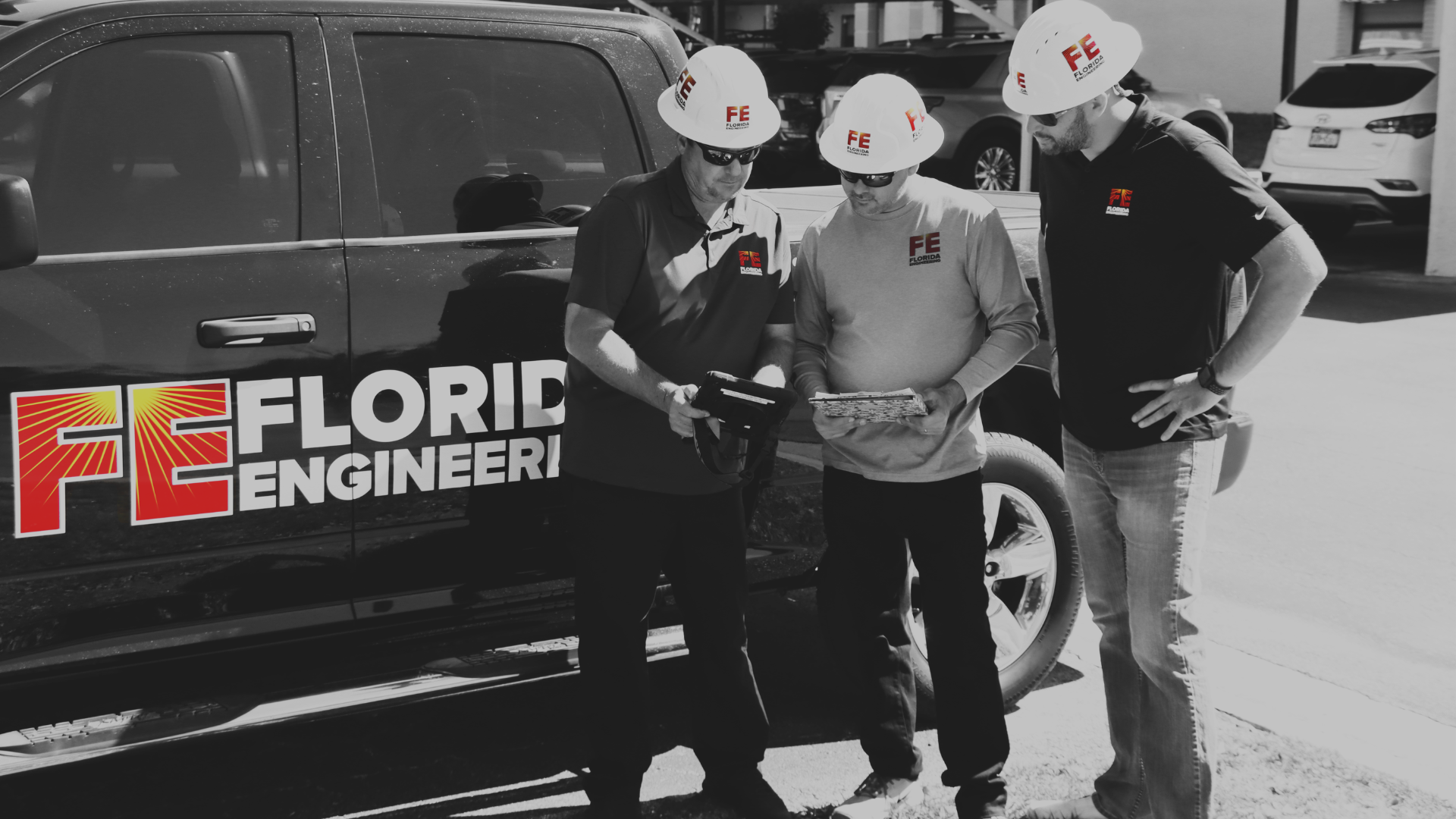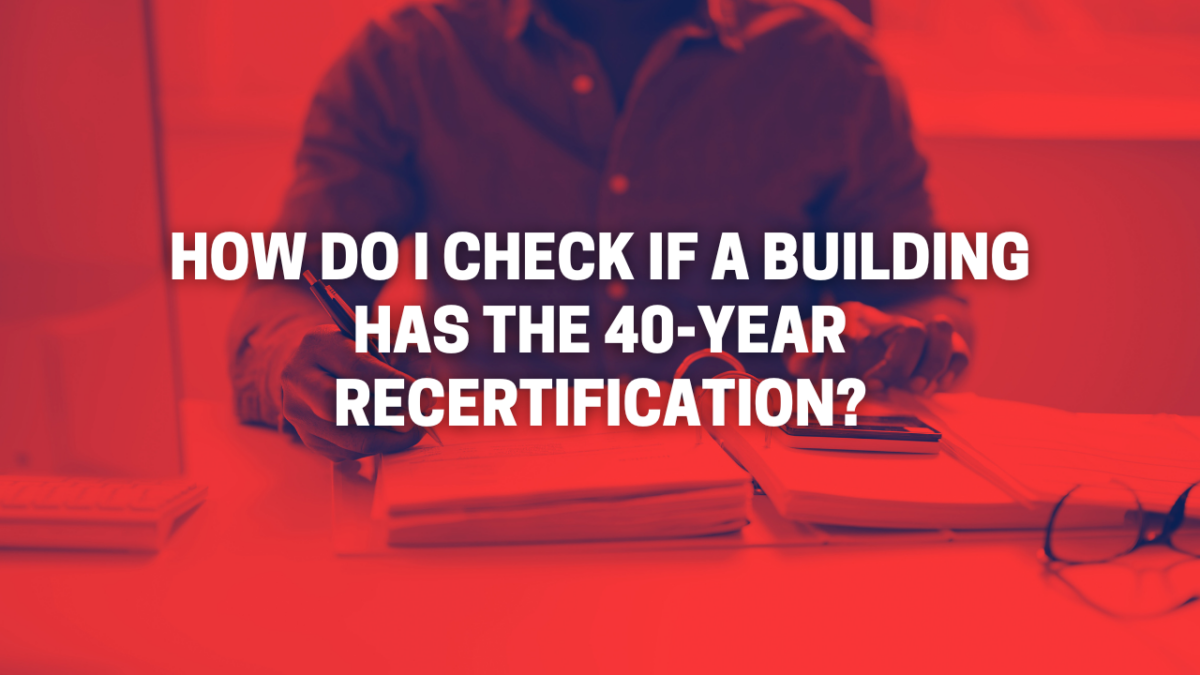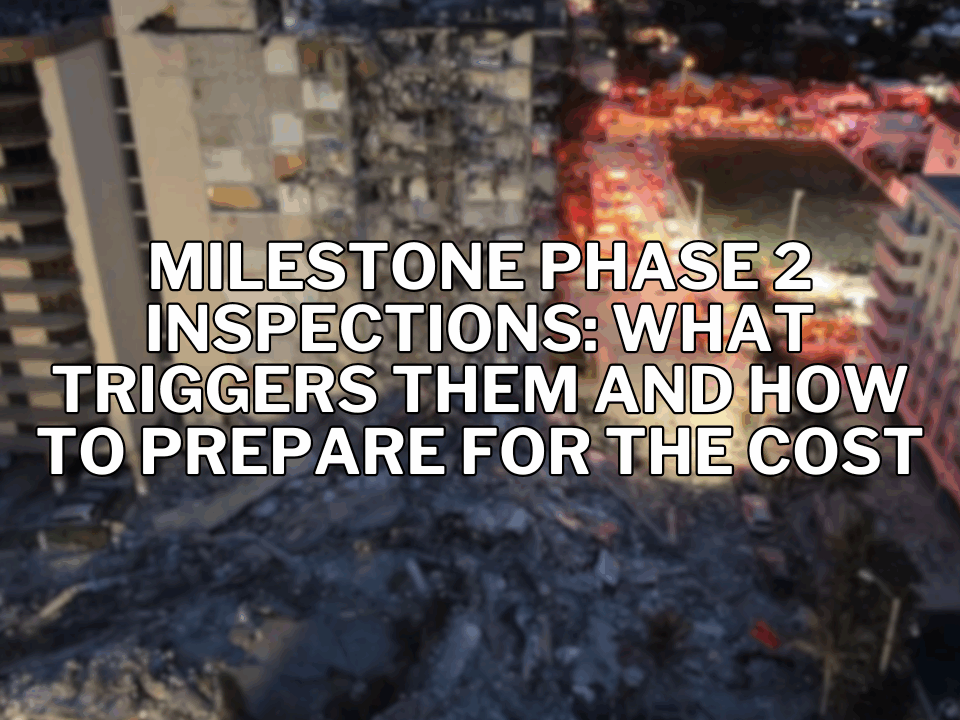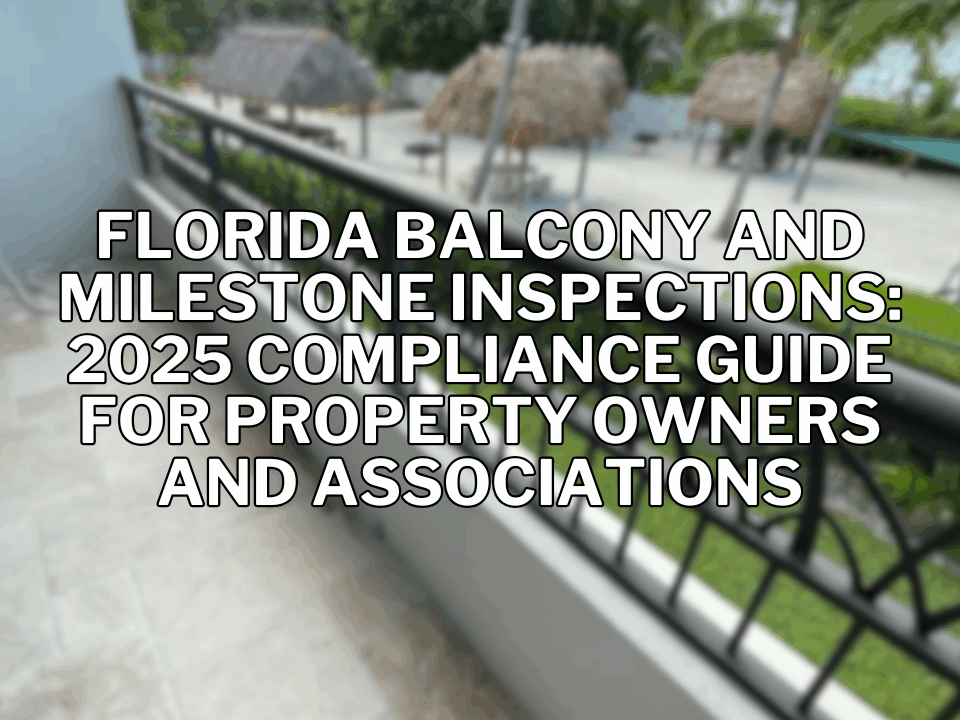The 40-year recertification process is a critical milestone for building safety and compliance in Florida, ensuring structures withstand the test of time and elements.
Neglecting this mandatory inspection can lead to issues with safety and your local Building Department. But how do I check if a building has the 40-year recertification in Miami Beach, Fort Lauderdale, Broward County, or anywhere else in Florida for that matter? Florida Engineering is here to help you find clarity.
As your trusted source for all things building recertification, you can also trust us to handle the 40-year recertification if your property is due. Don’t hesitate to contact us for expert support in securing your building’s recertification today!
What is the 40-Year Recertification and Why is it Important?
First things first, what exactly is the 40-year recertification and why is it important? This is a statutory requirement for buildings in many counties in Florida, serving as a pivotal moment in a property’s lifecycle.
Overview of the 40-Year Recertification Process
Instituted to ensure that structures 40 years and older remain safe and habitable, this recertification process is a rigorous safety assessment mandated by Florida law. The building safety inspections are required to be performed every 10 years.
The process is conducted by licensed Professional Engineers and involves a detailed inspection of a building’s structural and electrical systems. It aims to identify any potential deficiencies that could affect the building’s integrity and safety. Engineers examine the foundational elements, roofing, load-bearing walls, and electrical panels, among other critical components, to ensure they meet current safety standards.
The Role of 40-Year Recertification in Public Safety and Structural Integrity
The primary objective of the 40-year recertification is to protect public safety by mitigating risks associated with aging buildings, condominiums, commercial properties, and apartments.
By identifying and addressing structural and electrical issues, the recertification process helps prevent accidents and ensures the building can withstand environmental stresses, including the severe weather conditions often experienced in Florida.
Legal Requirements for 40-Year Recertification in Florida
Many Florida counties and cities require buildings to undergo this recertification process starting when a building reaches 25 years or 30 years old. The Recertification is then required every ten years. Failure to comply can result in significant challenges for property owners, including fines and increased liability.
Compliance is not only an obligation to your local Building Department but a commitment to the longevity and safety of the property. So, how do I check if a building has the 40-year recertification completed?
How Do I Check if a Building Has the 40-Year Recertification?
Whether you’re taking over as a property manager or vetting a potential real estate opportunity, determining whether a building in Florida has undergone its 40-year recertification is critical.
There are three ways you can check the status of a building – searching public records, contacting the local building department, or looking for visible signs of inspections/recertifications yourself.
1. Public Records Search
Start with a public records search, as this is the easiest way to check the status of a building.
Florida’s counties maintain comprehensive records of building inspections and certifications. Most counties offer online databases where you can search for property information using the building’s address or the owner’s name.
These records will typically show the history of permits, inspections, and any certifications the building has received, including the 40-Year Recertification.
2. Contact the Local Building Department
If online records don’t provide the clarity you need, the next step is to contact the local building department directly.
In most counties in Florida, the building department is responsible for enforcing the 40-Year Recertification process. A representative from the department can confirm whether a building has been recertified and provide details on the status of the inspection.
3. Identifying Visible Signs of Recent Inspections or Recertification Notices
Finally, you can often tell if a building has been recertified by looking for visible signs of recent inspections. This might include posted notices near the main entrance or permits displayed inside the building indicating that an inspection has taken place.
Additionally, buildings that have undergone the recertification process may show signs of recent maintenance or repairs that were required to meet the compliance standards.
What to Do if You Discover Your Building Still Needs the 40-Year Recertification
If you find out that your building is due for its 40-year recertification, acting swiftly is key to ensuring safety and legal compliance. Here’s how to get started:
Steps to Initiate the Recertification Process
First, review the specific requirements set by your local building department. These guidelines will provide a roadmap for the recertification process. Then, promptly notify the building owner or management company about the need for recertification if they are not already aware. If you’re the owner or manager yourself, this step is obviously not necessary.
The next step is to gather all necessary documentation regarding the building’s history, including previous inspections and any maintenance work completed.
Selecting a Qualified Engineering Firm for Inspection and Certification
Choosing the right engineering firm is crucial. Look for a firm like Florida Engineering with a strong track record in performing this inspection and recertification.
The firm should have licensed professional engineers experienced in structural and electrical inspections. Verify their credentials, and ensure they understand the local codes and regulations.
Understanding the Timeline and Requirements for Compliance
Once you’ve engaged Florida Engineering, we will conduct a thorough inspection of the building’s structural and electrical systems. After the inspection, we will provide a report detailing our findings and any necessary recommendations for repairs or upgrades to meet the recertification requirements.
The timeline for compliance can vary depending on the extent of repairs needed. It’s important to budget both time and resources accordingly. Minor updates may be addressed quickly, while more significant issues could take longer to rectify.
Final Thoughts on How to Check if a Building Has the 40-Year Recertification
In summary, verifying a building’s 40-Year Recertification in Florida is essential for safety, legal compliance, and peace of mind. So, how do I check if a building has the 40-year recertification in Miami, Miami Beach, Fort Lauderdale, Broward County, or anywhere else along the Florida coastline?
Utilize public records, engage with local building departments, and be vigilant for visible cues of recent inspections. Remember, the recertification process is a proactive measure, not just a formality.
Our blog has more resources on topics like how often are buildings inspected in Florida, the milestone inspection Florida cost, what is a reserve study, and more. We’re passionate about providing you with clarity on all aspects of Florida’s building codes.
For expert guidance and a seamless recertification experience, reach out to us – where your building’s safety is our top priority.







